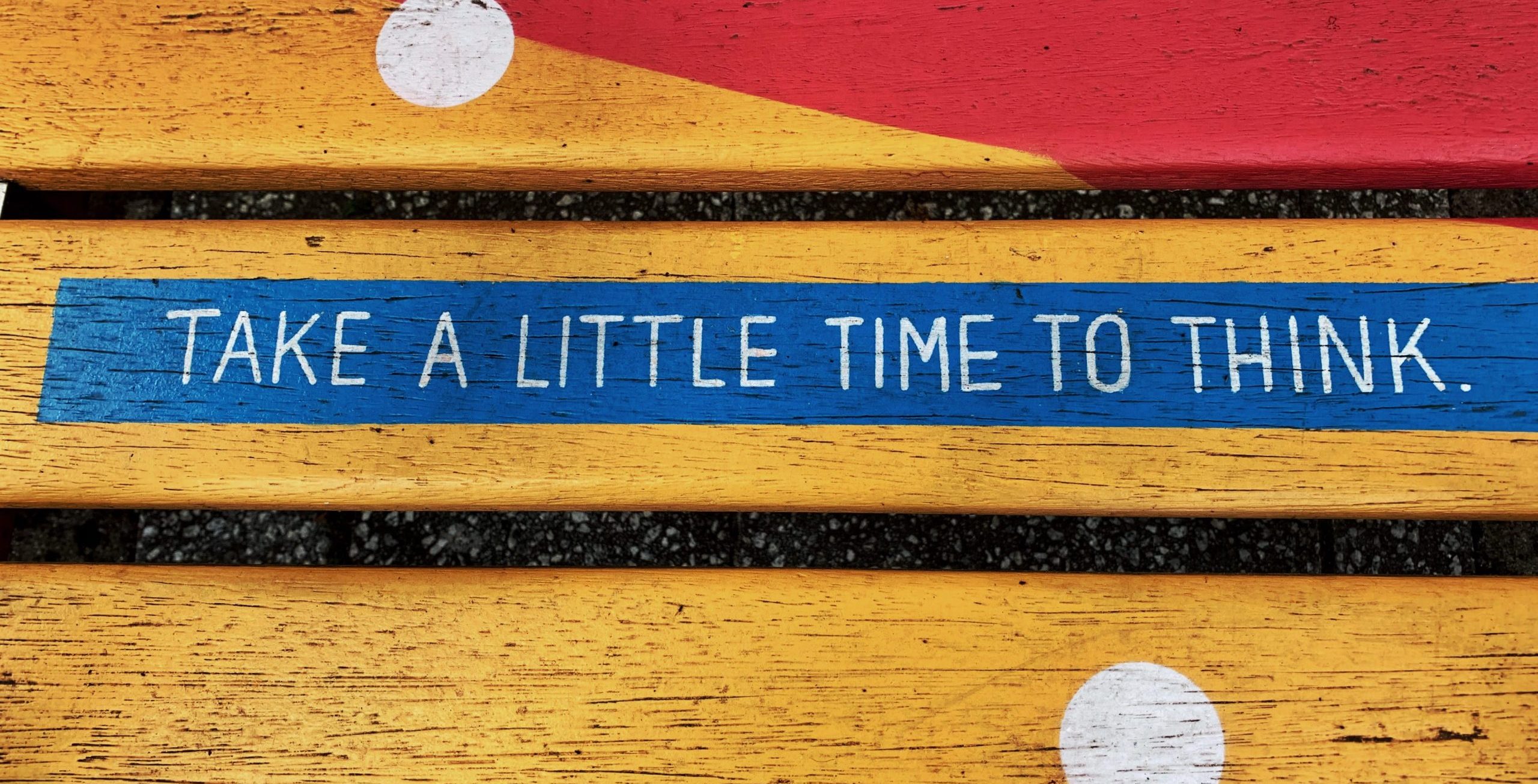
The realm of diversity, equity and inclusion (DEI) is messy. No one is perfect when it comes to figuring out how to be inclusive, what it means to be equitable and how to treat everyone fairly. Sure, some may be better than others, but to create a more palatable world, we all need to try. It can be scary and overwhelming when you’re not sure what to do. But remaining stagnant guarantees that progress will not be made.
As a trainer in DEI, I’m spending a few articles sharing some techniques and practices that have helped shift my perspective when it comes to not only training in DEI, but having a genuine discussion with someone about it. Today’s topic is the concept of “First Thought, Second Thought.”
First Thought …
Have you ever looked at someone and made a snap judgement about them? Let’s be real, of course you have. We all have. Perhaps you haven’t judged someone based on one of the big DEI realms such as skin color, gender, etc., but what about something else? I, for one, have been guilty of labeling someone a “Karen.” You probably know the look. They are typically white with a specific hairstyle, mom clothes, overdone nails. So when I’ve seen someone like this, I’ve automatically assumed, “They just want to complain to the manager.”
How and why do we develop these initial thoughts when we see people? One of the obvious sources is family. If you grew up with them pointing out a certain category, you may be inclined to have those same snap judgements. Especially if you’ve never been called out for it or knew any better. This could also be the case with your other social circles such as family and co-workers. If you’re exposed to a certain viewpoint long enough, your initial reaction to seeing it may reflect that. Sometimes it’s just by association that we have those thoughts. And you know what? It’s OK to have those thoughts.
… Second Thought
What’s important is what you do with that thought after you’ve had it. Do you dig into it more and justify why you had it? Or do you question yourself and ask, “Hey, why did I think this?” Was it simply based on the way someone looked, or was it something more deep-seated?
Example: I went to a Zumba class a few years ago. One of the students was from Colombia. While we were chatting I had made the assumption that she would be good at Zumba. Zumba is, after all, based on a lot of Latin-style dance! Well, it turns out she wasn’t. She even joked after the class that she was a terrible dancer! So why did I assume that she would be a good dancer just because she was Colombian? I realized that, while it wasn’t a malicious thought, I was still stereotyping this woman based on her heritage.
These second thoughts can have a much bigger impact. They can help us step back and ask more questions. They can help us assume the best in others. And they can ensure that we are looking at the person as an individual, rather than grouping them into a category based on our split-second judgements.
Can’t We Just Eliminate the First Thought?
So you might be thinking, “If I was a good enough person, I wouldn’t even have that first thought.” Well, that’s not to say these first thoughts are always bad. It’s kind of like our fight-or-flight instinct. Sometimes our first thoughts can get us out of danger in certain situations. Like if someone is following me down a dark alley … it’s probably not the right time to turn around and say, “Hey, sorry I’m judging you because it’s dark and you’re wearing a hoodie. Let’s talk!” And there may be instances where your first thought is right! What do you know, that lady from the introduction did want to speak the manager after all!
But let’s face it. It would be impossible to remove all of our biases. Of course we can work on them, but removing them entirely is just not realistic. It’s one of those viewpoints that does make it harder to be an ally for DEI. If you can’t make mistakes, you cannot grow. So while you may be able to reduce the number of times where you need to tap into that second thought, it’s never going to go away. Using this principle can really help keep you in check, even if your first thought is “correct,” so to speak. Was your first thought right because of what that person looked like? Or because they genuinely like to dance?
Myranda Whitesides (She/Her) is a Performance Support Specialist for the Interior Business Center, the Department of Interior’s Shared Services Center. She conducts personnel and payroll systems training for over 50 federal agencies, as well as providing training in Diversity and Inclusion for her peers. Myranda also serves as the Education Co-Director for the Mile High Society for Human Resources Management (SHRM), coordinating Educational content for Human Resources professionals in the Denver Metro area. Myranda also enjoys singing, camping, and exploring local breweries and restaurants with her husband, Daniel.
Interested in becoming a Featured Contributor? Email topics you’re interested in covering for GovLoop to [email protected].





Leave a Reply
You must be logged in to post a comment.